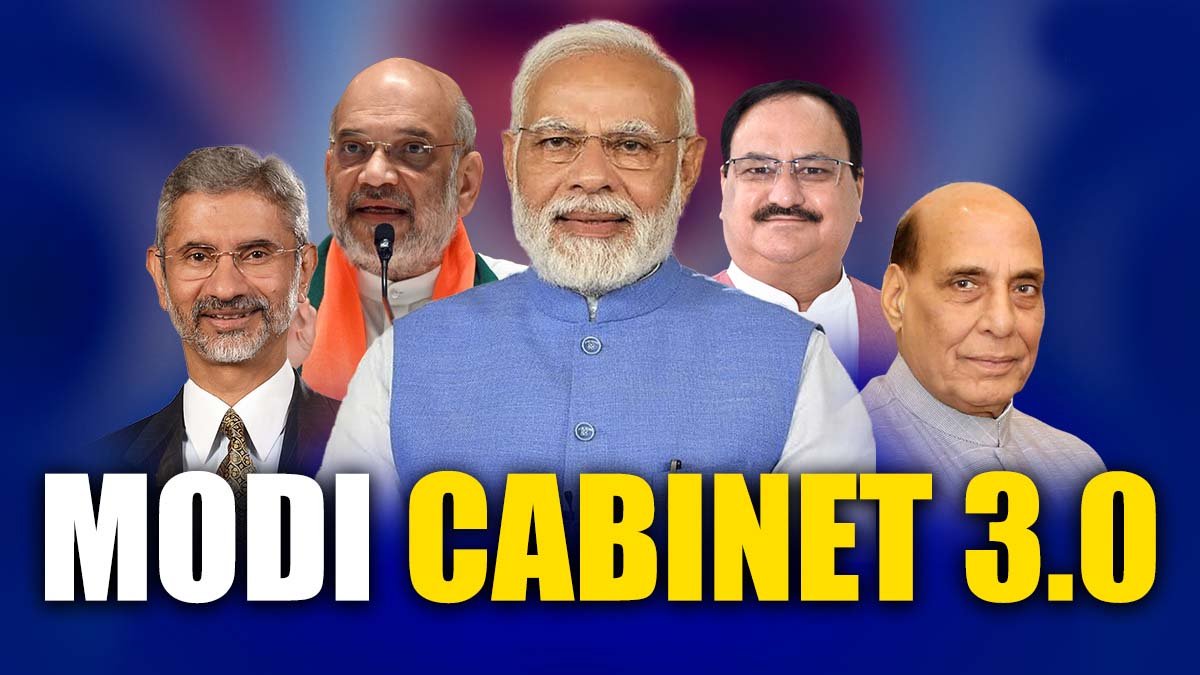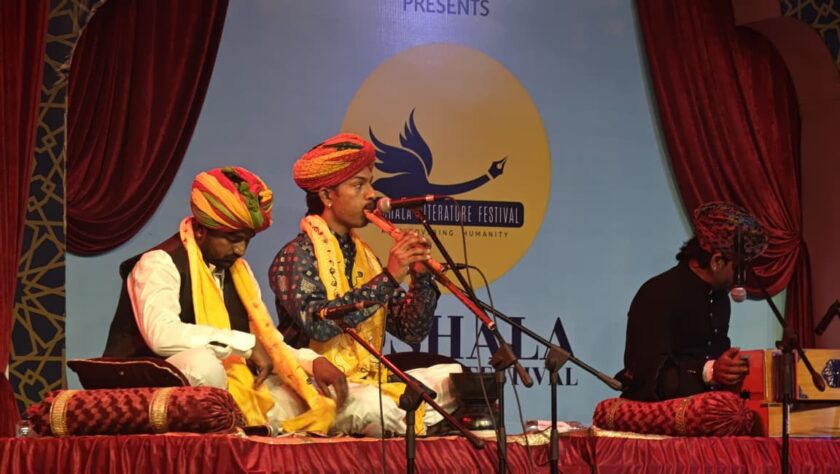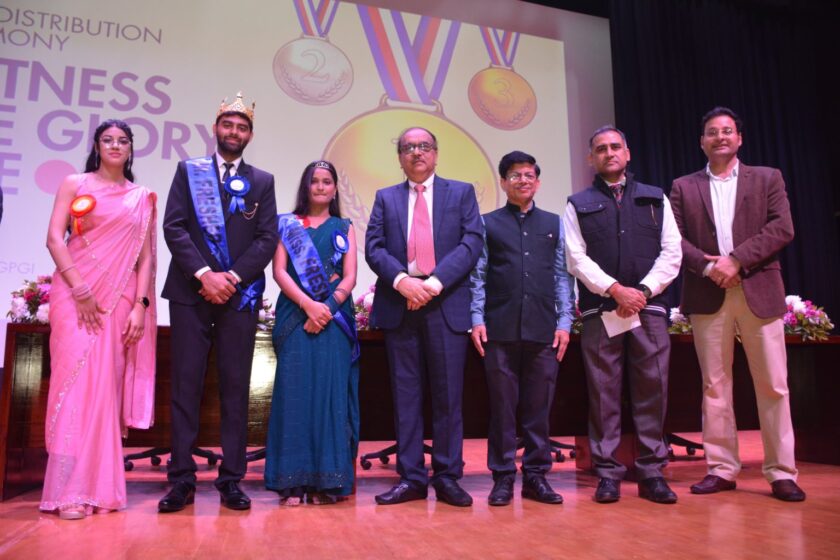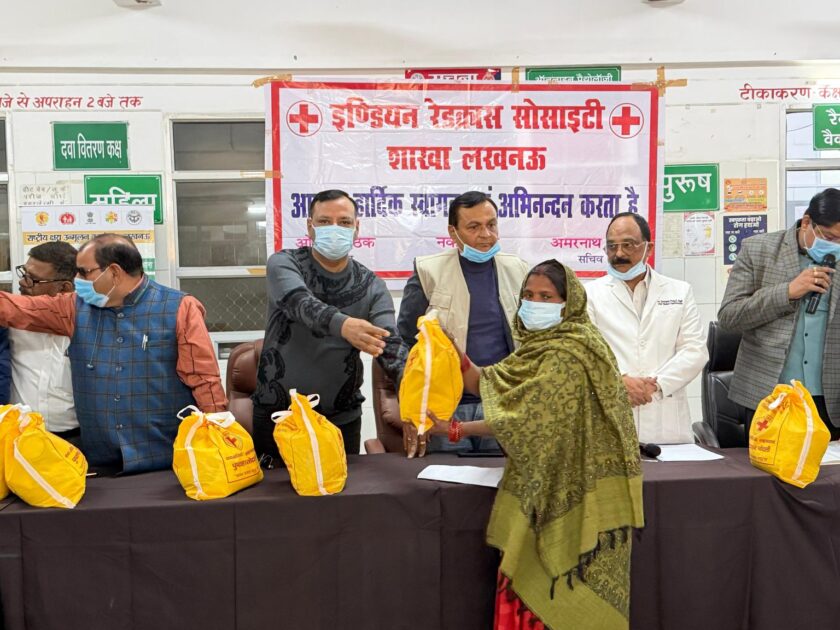Lucknow: A new government has been formed after the NDA got a majority in the 18th Lok Sabha elections. Narendra Modi has taken oath as the Prime Minister of the country for the third consecutive time. 10 members from UP, which gives the maximum number of 80 MPs to the country’s Parliament, have been included in the Union Council of Ministers, in which caste balance and equations have been kept in mind.
This time NDA’s seats decreased
In 2019, BJP won 62 and Apna Dal S won 2 seats. 16 seats were won by SP-BSP alliance and Congress. In the 2024 elections, NDA has got 36 seats in UP. BJP has won 33, Apna Dal S has won 1 and Rashtriya Lok Dal has won 2 seats. While the Indy alliance has won 43 seats. Others have won one seat. Despite fewer seats, 11 ministers including PM Modi have been included in the Union Council of Ministers.
Caste equations were kept in mind
In the Modi cabinet, 5 backward, 2 Dalit and 3 general category leaders from Uttar Pradesh got a place. Prime Minister Narendra Modi himself has won the election from Varanasi seat of UP. He has won the election from here for the third consecutive time. PM Modi comes from the Vaishya community.
Three general caste leaders have been given a chance in the Union Council of Ministers. Rajnath Singh and Minister of State Kirtivardhan Singh, who took oath after Modi, come from the Kshatriya community. While another Minister of State Jitin Prasad represents the Brahmin community.
RLD’s Jayant Chaudhary has been included from the allies in the Modi 3.0 government. Jayant Chaudhary represents the Jat community. Jayant has been given the responsibility of Minister of State (Independent Charge). Apna Dal (S) chief Anupriya Patel has been included in the Modi cabinet for the third consecutive time.

Anupriya is also a part of the NDA and has been successful in becoming a Minister of State for the third time since 2014. Anupriya comes from the Kurmi community. She has a good hold on Kurmi voters. In the third term of Prime Minister Narendra Modi, BJP has played a big political gamble by giving the post of Minister of State to two MPs of Mandal, Pankaj Chaudhary and Kamlesh Paswan.
Pankaj Chaudhary, who is included in the cabinet from BJP quota, comes from Kurmi community. Pankaj was a Minister of State in Modi Government 2.0. In the Lok Sabha elections, BJP’s core vote bank Kurmi and Pasi (Scheduled Caste) community got scattered in many parliamentary seats and went with the alliance. This affected the results of many seats.
Now an attempt has been made to manage a big vote bank by including the leaders of these two communities in the cabinet. This time in the Lok Sabha elections, vote bank politics was in full swing. Now after the election results, BJP has given place in the cabinet giving importance to caste equations.
In the elections, Pasi community also did not go with BJP on many seats. Whereas the number of Pasi community is more in 10 to 12 seats of UP. Under this strategy, Kamlesh Paswan has been included in the cabinet.
Kamlesh has been successful in placating the Pasi community in Bansgaon every time, this community considers him their leader. BJP’s Rajya Sabha MP from UP BL Verma (Lodh) comes from this community. SP Baghel (Dhangar) who comes from the Dalit community has also been given a place in the government.
Rajya Sabha MP Hardeep Puri represents the Sikh community. He was also a cabinet minister in the previous government. This time too he has been given the status of a cabinet minister.





